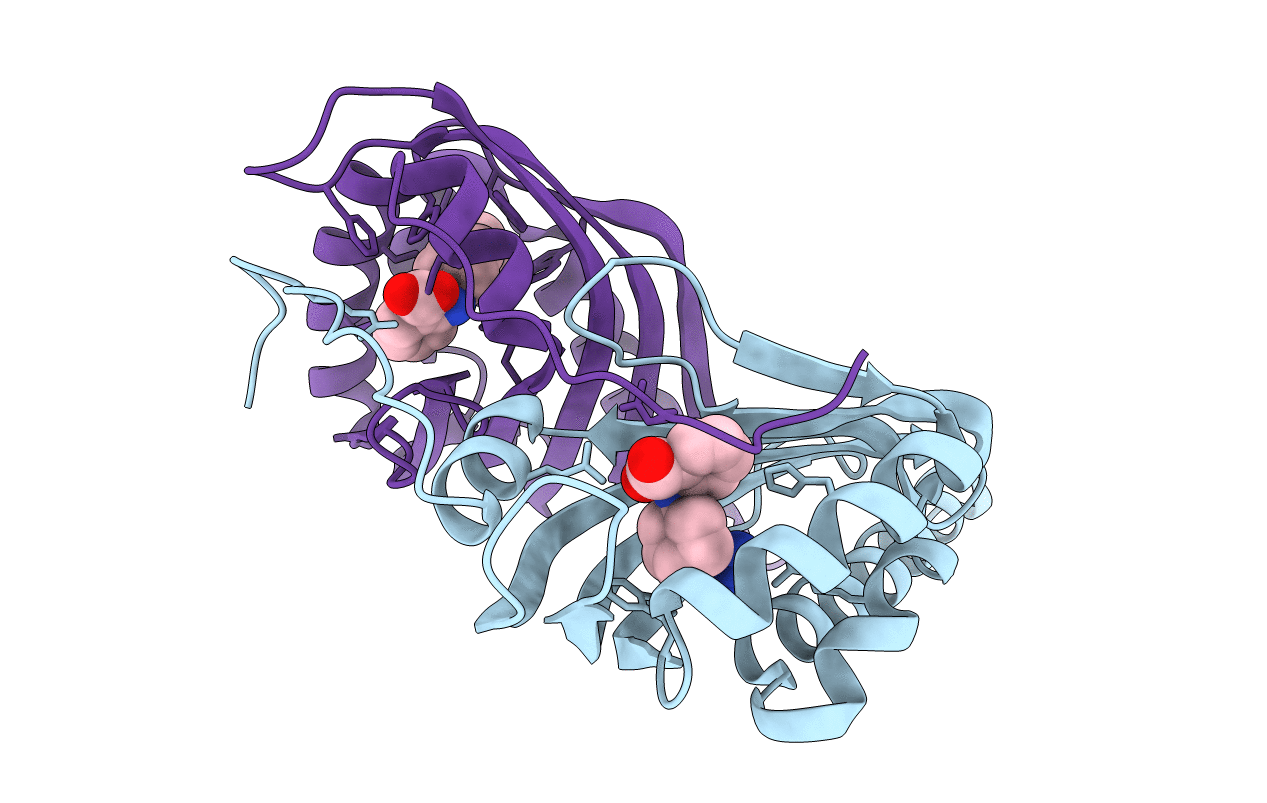
Deposition Date
2007-10-24
Release Date
2008-12-30
Last Version Date
2024-02-21
Entry Detail
PDB ID:
3B4P
Keywords:
Title:
Crystal structure of phenazine biosynthesis protein PhzA/B from Burkholderia cepacia R18194, complex with 2-(cyclohexylamino)benzoic acid
Biological Source:
Source Organism:
Burkholderia sp. (Taxon ID: 36773)
Host Organism:
Method Details:
Experimental Method:
Resolution:
1.70 Å
R-Value Free:
0.21
R-Value Work:
0.16
R-Value Observed:
0.17
Space Group:
P 32 2 1


